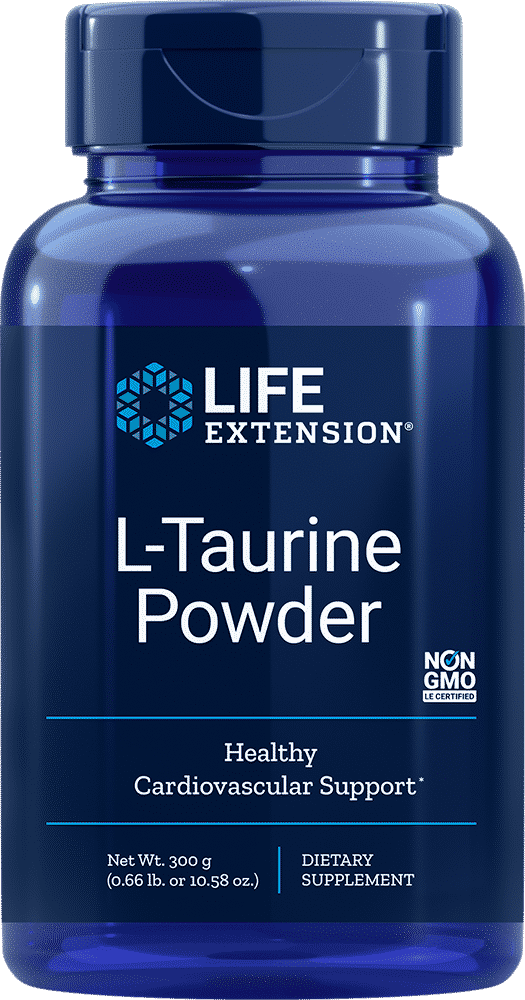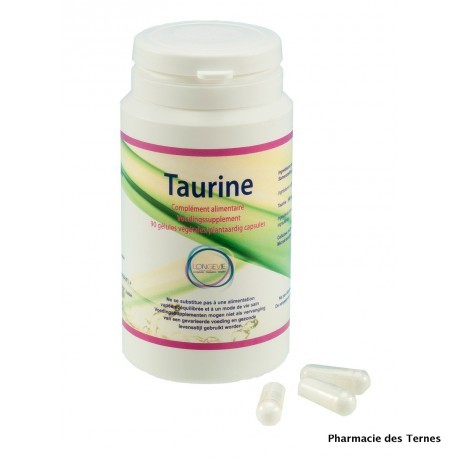

So it’s not enough merely to find vegan foods your cat will eat you need to construct a diet that offers adequate nutrition. Of course, fruit doesn’t begin to provide all the nutrients a cat needs. As long as I break up the fruit and hand-feed it, so his tongue can tear into it, Conrad’s the happiest fellow on earth. I’ve fed Conrad apples, bananas, cherries, and even blueberries. Yet, oddly, Conrad will happily devour something few cats will touch-he adores fruit. He wouldn’t eat a spoonful of veggies if you offered him a lifetime supply of catnip. Unfortunately, my cat, Conrad, is not one of these obliging sorts. I’ve met cats who delight in eating pureed vegetables. There is consequently no one-size-fits-all approach to feeding cats. Is Vegan Cat Food Nutritionally Adequate?

That hardly seems fair, but that’s how cats are. These are, after all, creatures who can dismiss a given food forever, based on a single sniff. Most have no interest with in working with you, and don’t attempt to meet you halfway. Cats are notoriously inflexible when it comes to trying new foods. The first problem associated with putting a cat on a vegan diet involves finding food they’re willing to eat. They’ve got pointier teeth, much stronger stomach acid, and shorter intestines-all hallmarks of true carnivores. Cats are natural carnivores and their digestive system is nothing like our own. While it’s surprisingly easy for most people to become vegan, getting your cat onto a vegan diet is roughly a million times harder. There’s a great deal of misinformation on the topic, and I’ll do my best to set things straight. Brace yourself: the topic of vegan cat food and the question of whether vegan cats can thrive is fraught with complexity.


 0 kommentar(er)
0 kommentar(er)
